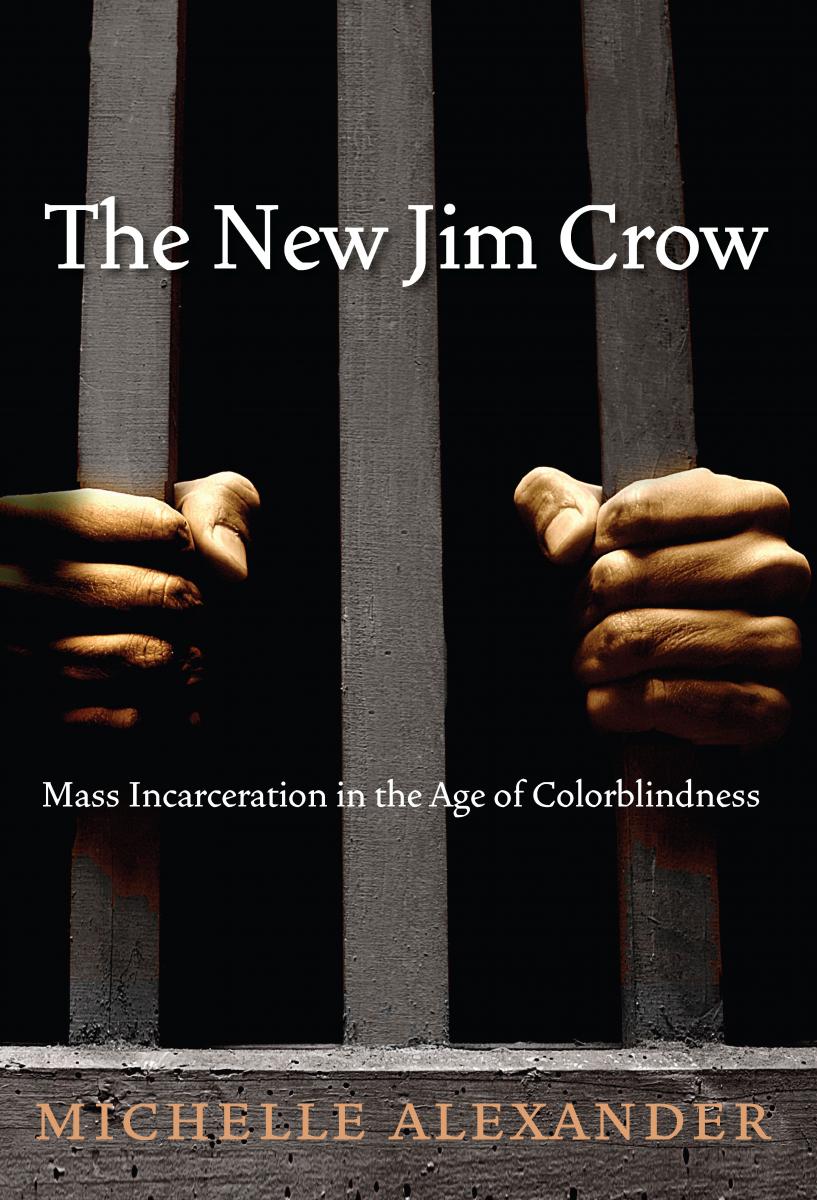This past week was tougher than usual. Print, social and electronic media were saturated with stories of police killing Alton Sterling in Baton Rouge, Philando Castile in Minnesota and the five police officers killed in Dallas by a lone Black man. Will these killings help alleviate America’s race-based violence and trigger long-range action to reduce the problem? Probably not.
Today’s column does not address violence directly. Instead, it underscores the need to better understand mass incarceration too is a manifestation of racism, which is also central to police abuse of African Americans and the suppressed, but ever present, rage in Black people who remain the primary target of racism’s dehumanizing tentacles.
Attending weekly meetings with ex-gang members, many ex-felons, who are now peace makers, sharpened my knowledge and dissatisfaction with California’s prison industry. It is a massive non-inmate-centered holding tank that exacerbates rather than alleviates criminal behavior. To underscore the continuing danger of mass incarceration, today’s column revisits Michelle Alexander’s book, “The New Jim Crow: Mass Incarceration in the Age of Color Blindness.” It offers a penetrating perspective of today’s prison system, making the case that America’s prison industrial complex is the new Jim Crow because it institutionalizes segregation as the nation’s proven method of control. It also provides a framework for understanding 21st century mass incarceration and its ominous, political and economic implications.
The book argues imprisonment, the principal method of social policy directed toward mostly poor, uneducated Black men, frequently reflects race-based policies that extend well beyond prison walls. The New Jim Crow is a provocative conceptualization of racialized imprisonment that Blacks, especially, experience often but appear reluctant to challenge. Alexander’s perspective and analysis should open eyes and generate broader conversation on the implications of today’s prison system.
Mass incarceration in the U.S. is a comprehensive and well-disguised system of racialized social control. Alexander distinguishes between “dismantle” and “reform,” arguing the latter is essentially ineffective. The system operates through criminal justice institutions but functions more like a caste system than a system of crime control. The book is intended to stimulate conversation that leads to greater protests of the role of the criminal justice system in creating and perpetuating a racial hierarchy in the U.S. (“Caste” denotes a stigmatized racial group locked into an inferior position. Racial caste systems do not require racial hostility or overt bigotry to thrive, they need only racial indifference.)
Alexander insists the notion the New Jim Crow can ever be dismantled through traditional litigation and policy reform strategies that are wholly disconnected from a major social movement is fundamentally misguided. Such a movement is impossible if those most committed to abolishing racial hierarchy continue to behave as if a state-sponsored racial caste system no longer exists.
In each generation, new tactics have been used for achieving the same goals shared by the Founding Fathers: denying African American citizenship was deemed essential to the formation of the original union; hundreds of years later, America is still not an egalitarian democracy. The arguments and rationalizations that abound in support of racial exclusion and discrimination have changed and evolved, but the outcome is largely the same. An extraordinary percentage of Black men in the United States are barred from voting today just as they have been through most of American history. They are also subject to legalized discrimination in employment, housing, education and public benefits. What has changed since the collapse of Jim Crow has less to do with the basic structure of our society than with the language we use to justify it.
In the era of “color-blindness”, it is no longer socially permissible to use race explicitly as a justification for discrimination, exclusion and social contempt. Rather, we use our criminal justice system to label people “criminals” and then engage in all the practices we supposedly left behind. Today, it is perfectly legal to discriminate against criminals in nearly all of the ways that it was once legal to discriminate against African Americans. Once you are labeled a felon, the old forms of discrimination are suddenly legal. We have not ended racial caste in America, it has merely been redesigned.
Michelle Alexander reached the conclusions presented in the book reluctantly. Ten years prior, she says she would have argued strenuously against the book’s central claim—that something akin to a racial caste system currently exists in the United States. And, had Barak Obama been elected president then, she would have argued his election marked the nation’s triumph over racial caste—the final nail in the coffin of Jim Crow.
Later, as an experienced civil rights lawyer, she came to suspect she was wrong, the criminal justice system was not just another institution infected with racial bias, but rather, “an entirely different beast.” No one imagined the prison population would more than quintuple in their lifetime. And despite the unprecedented levels of incarceration in the African American community, the civil rights community and Blacks are oddly quiet. One in three young Black men is currently under the control of the criminal justice system- in prison, jail or on probation or parole. Yet, mass incarceration is categorized as a criminal justice issue, not a racial justice crisis.
The enormous implications of mass incarceration suggest a new social consensus must be forged about race and its role in defining the basic structure of American society if we ever hope to abolish the new Jim Crow.




